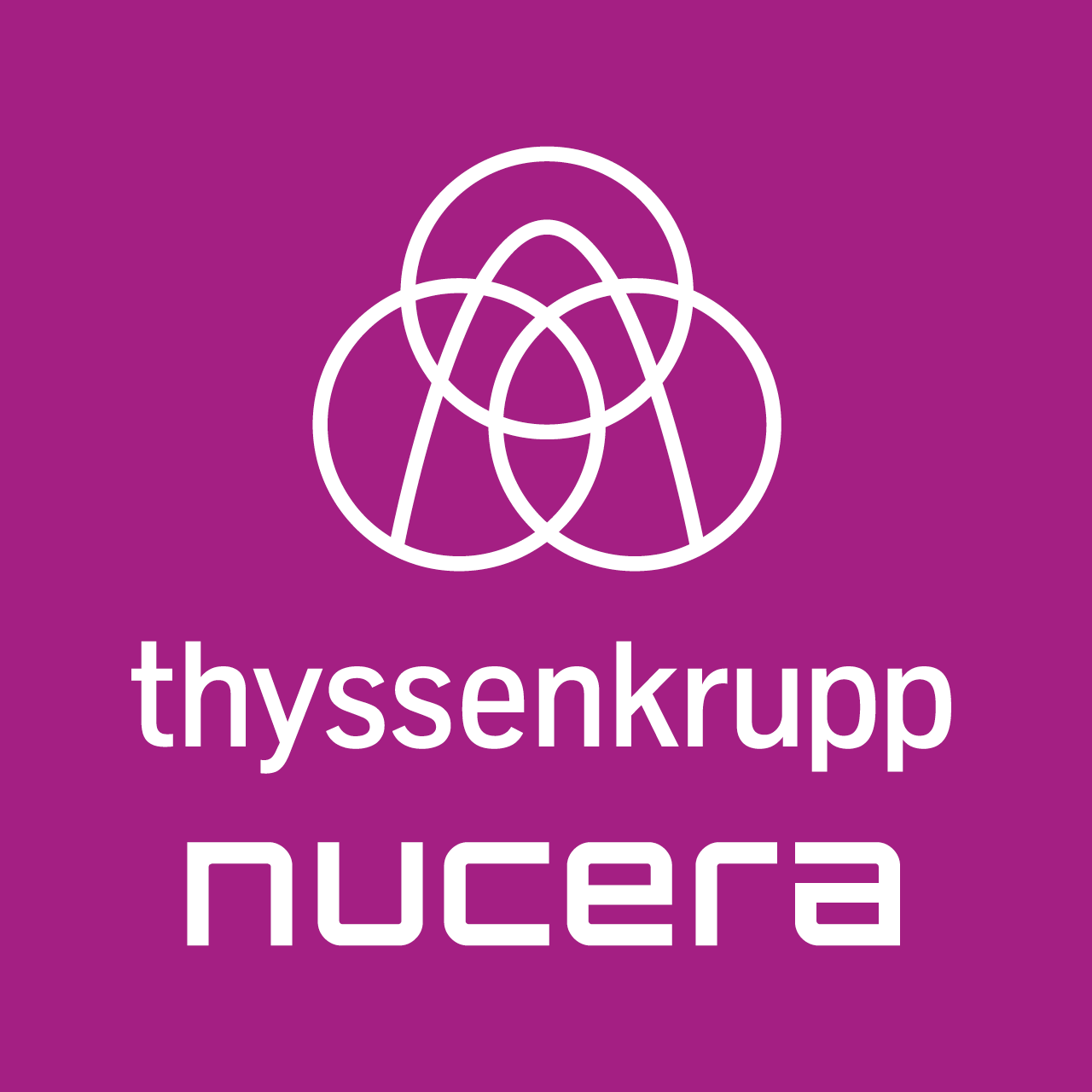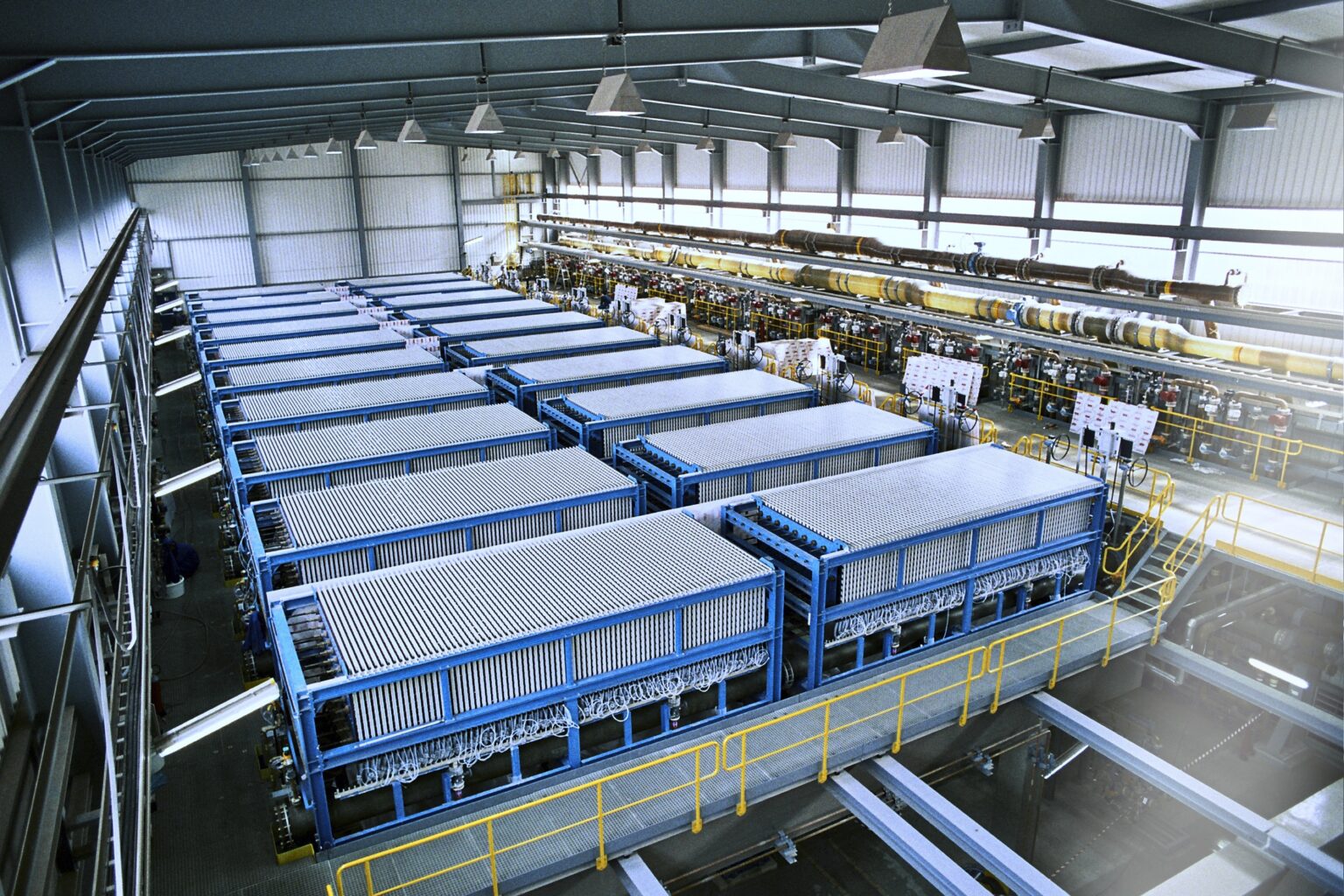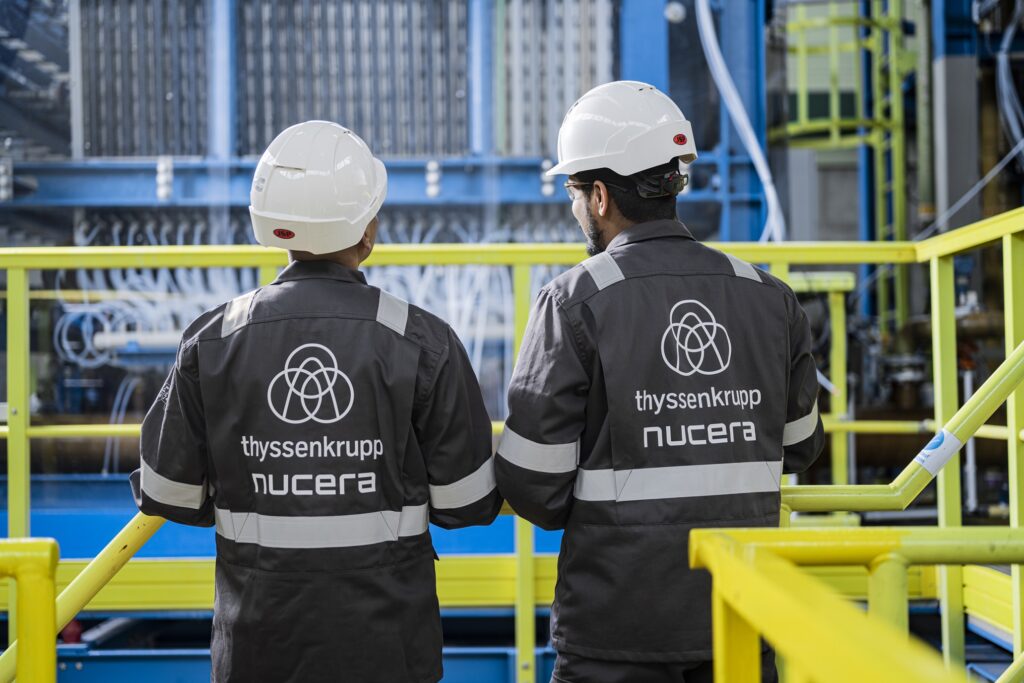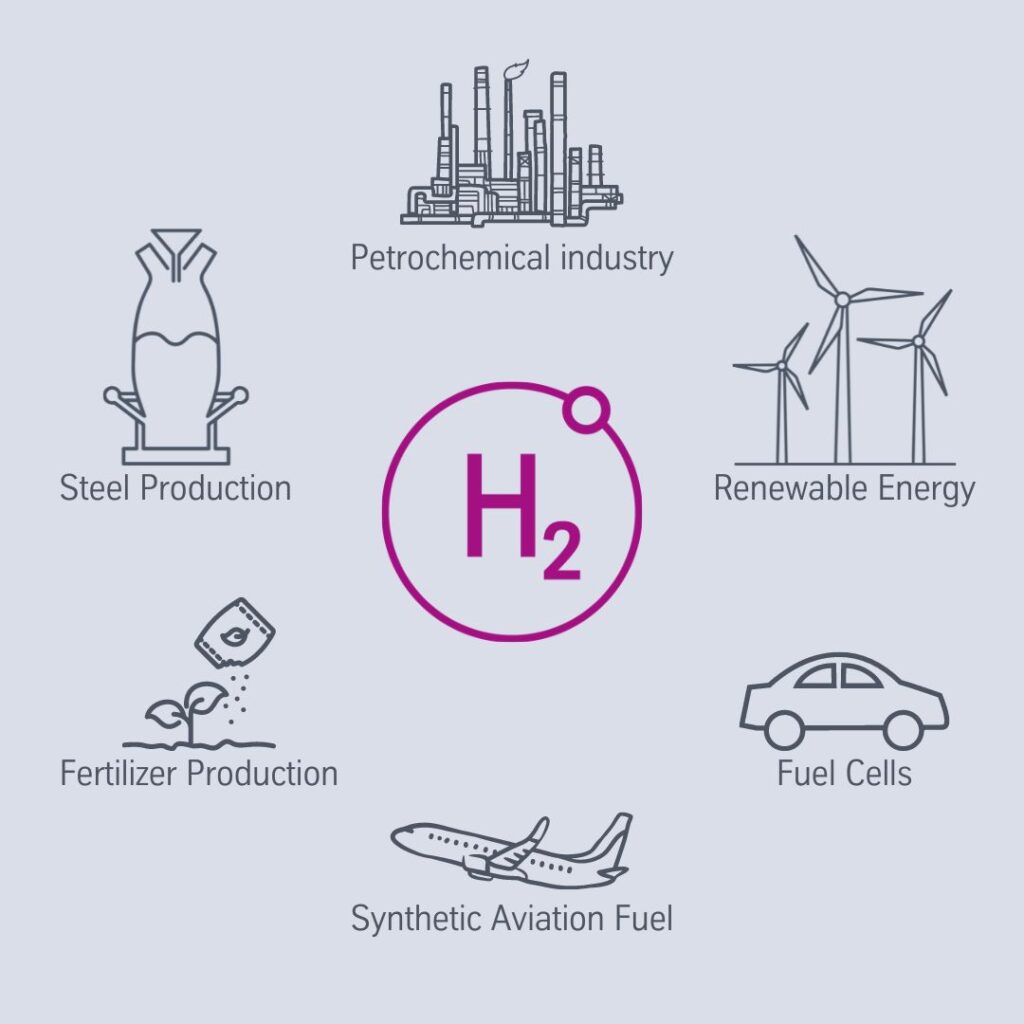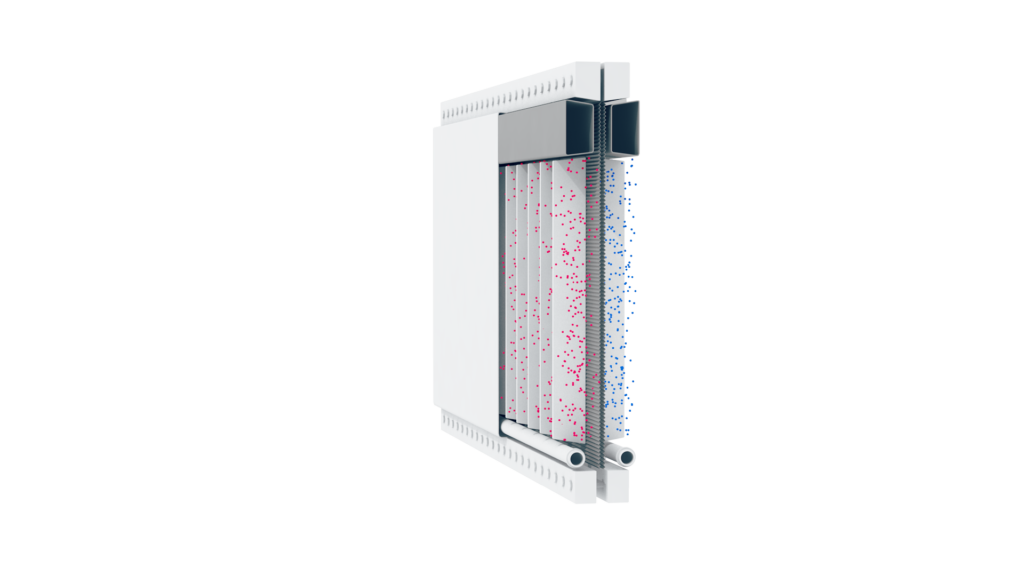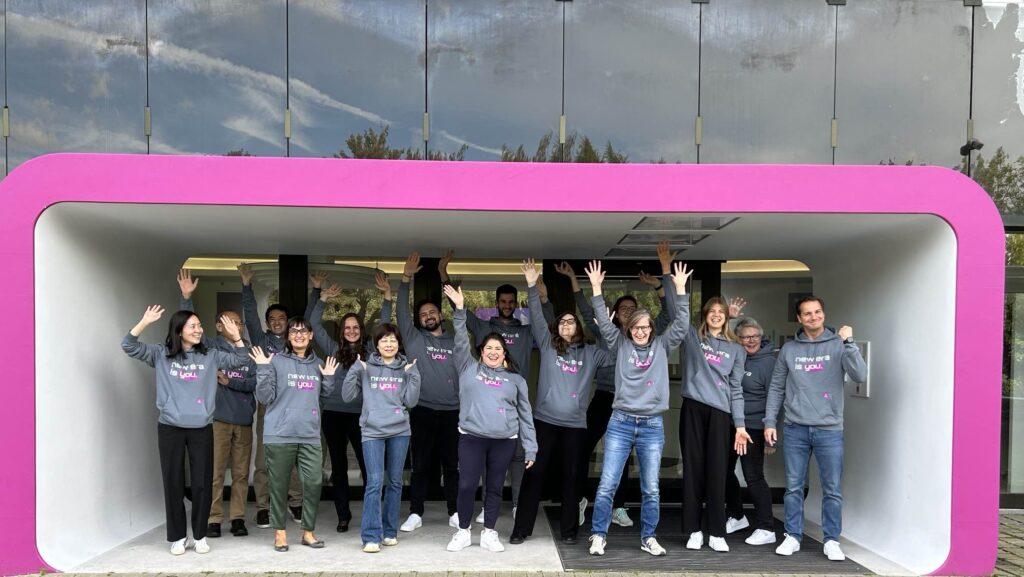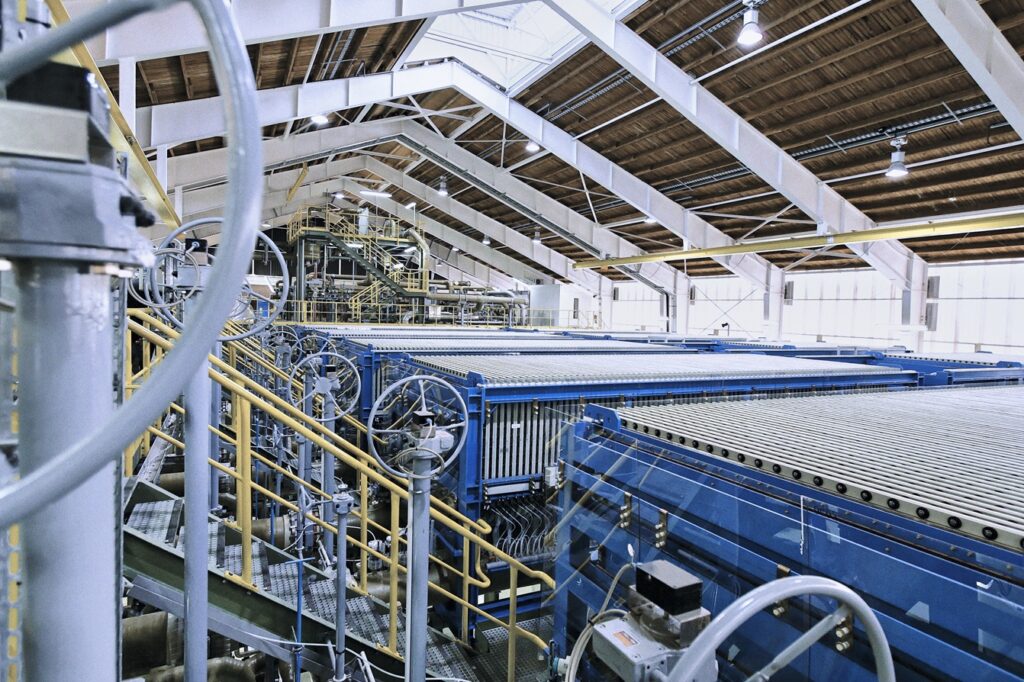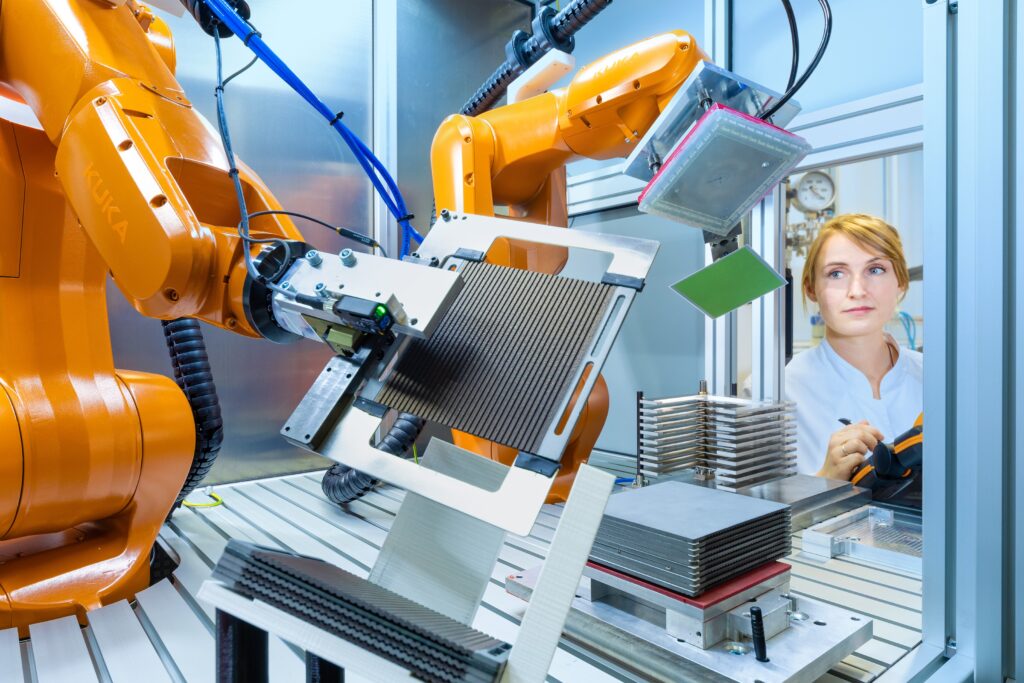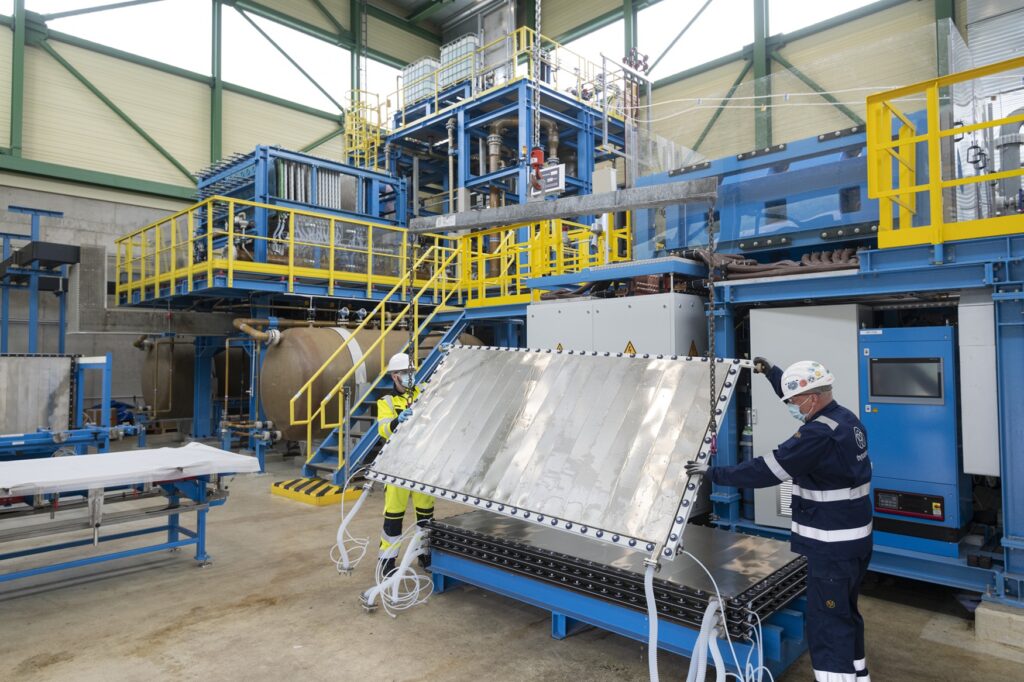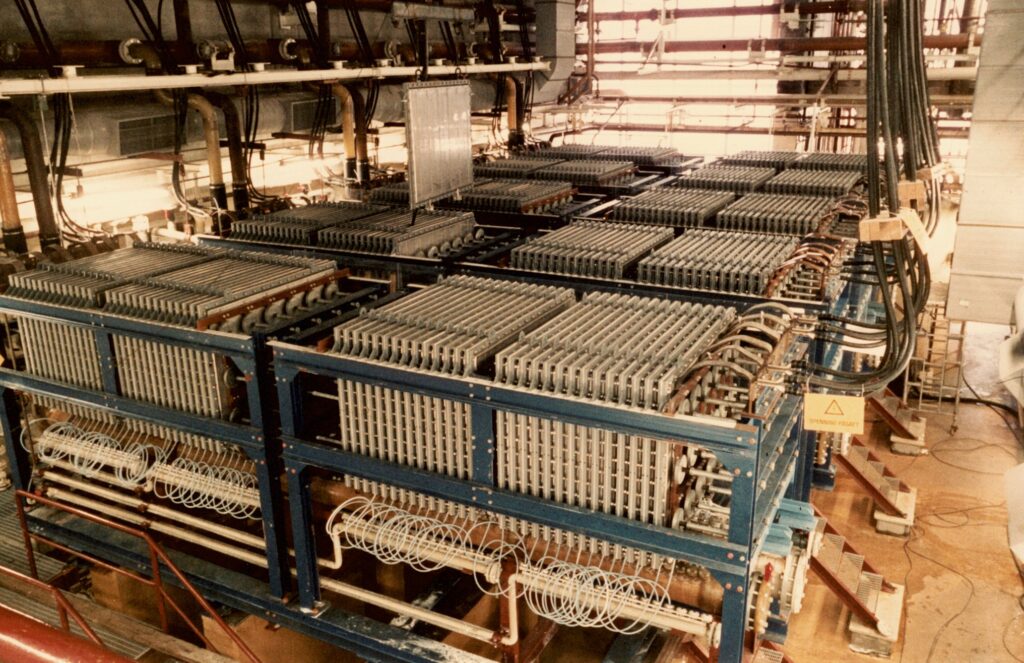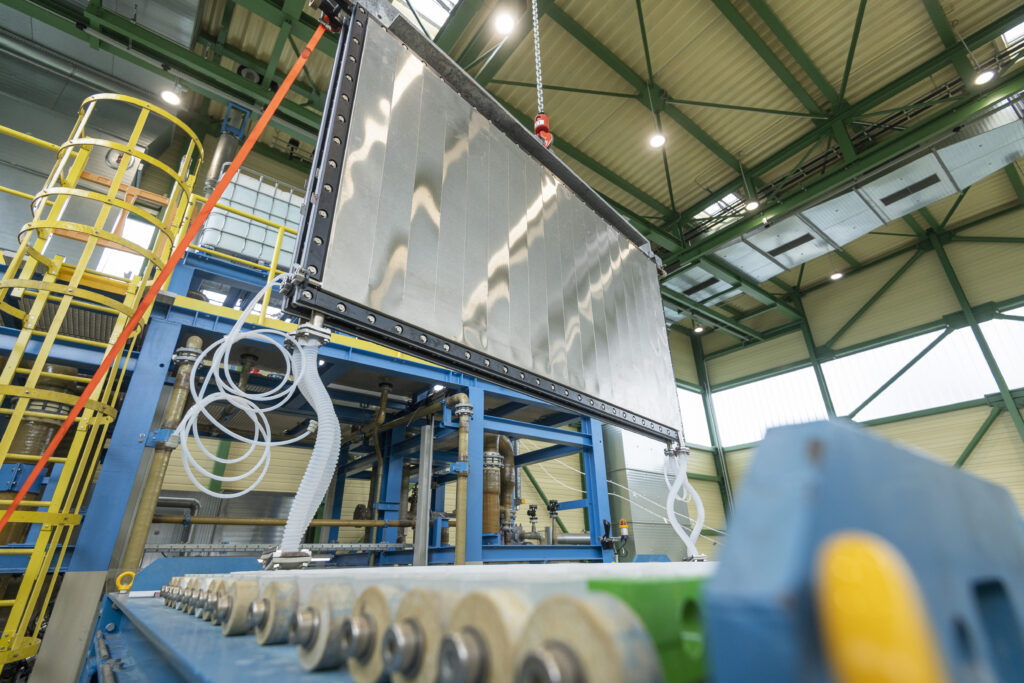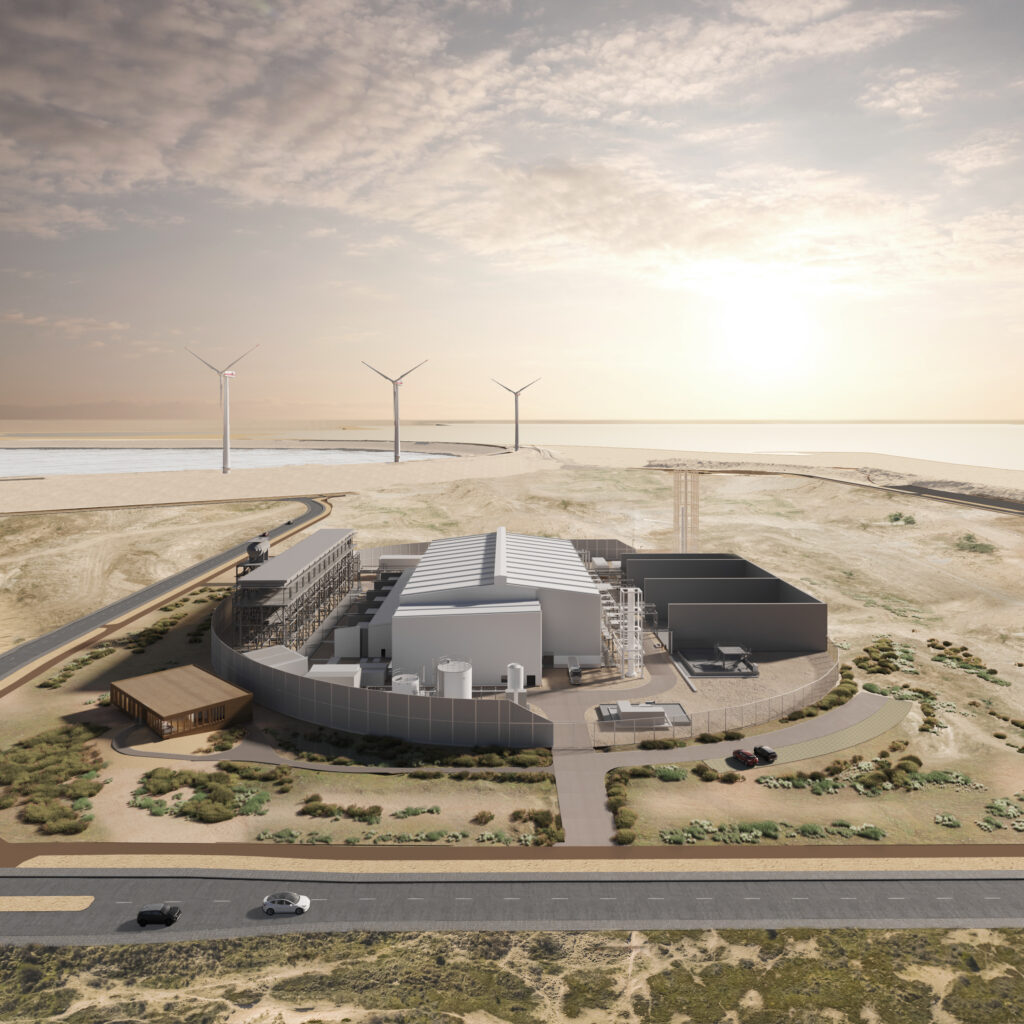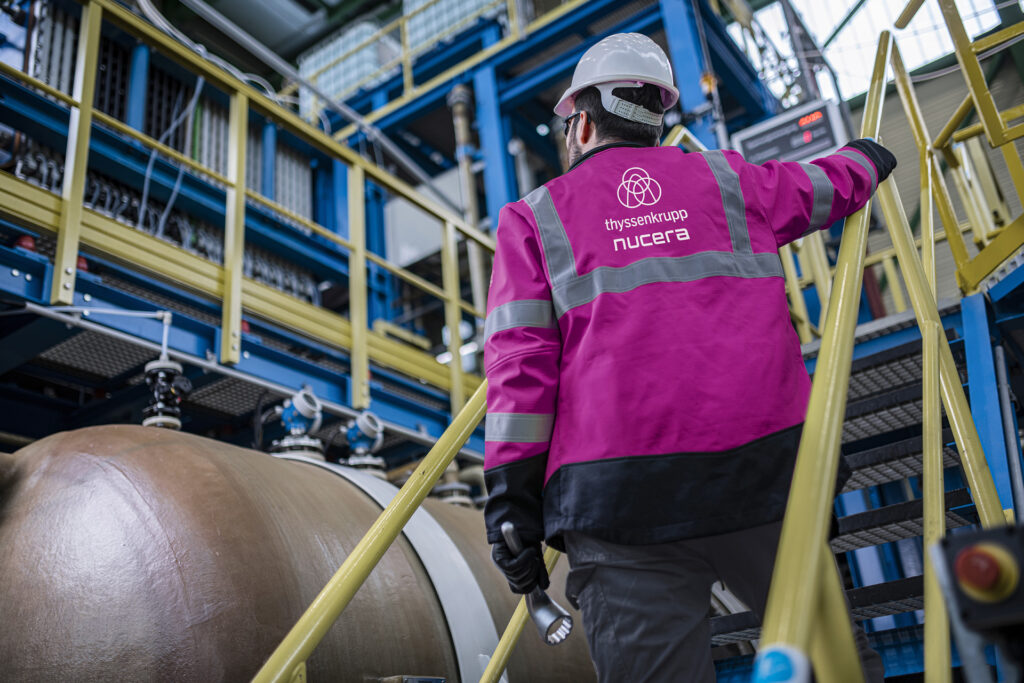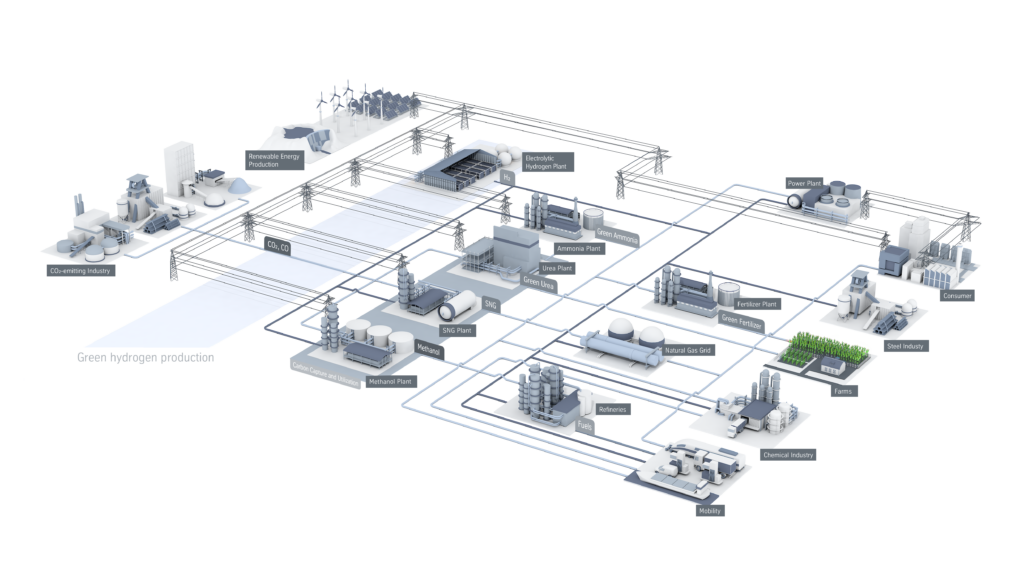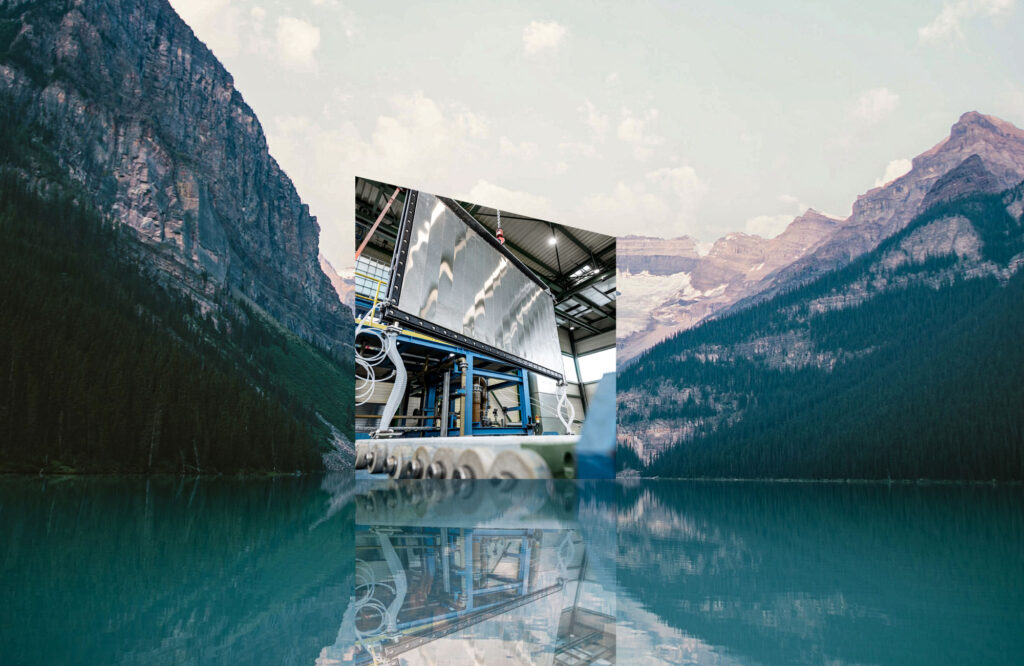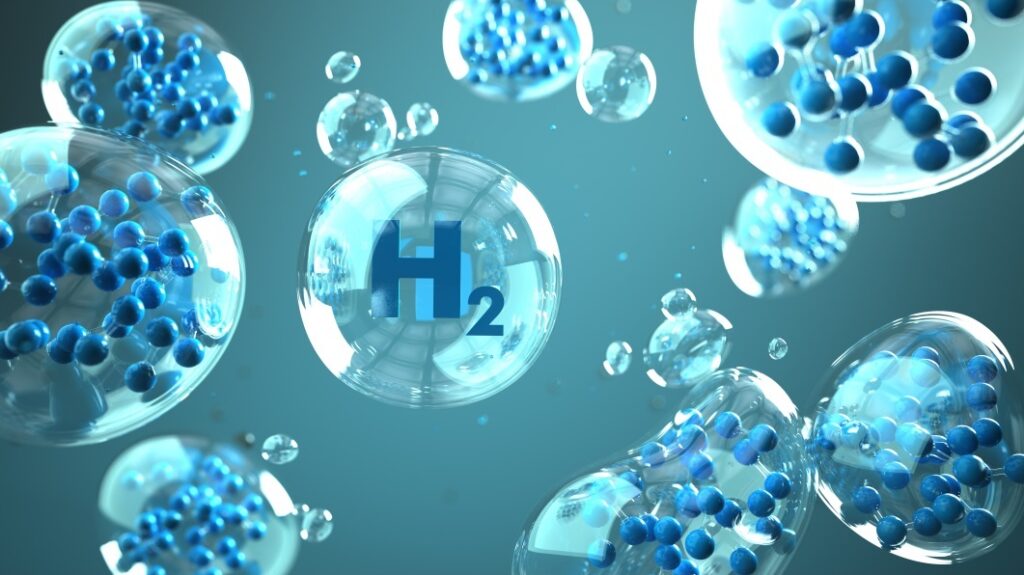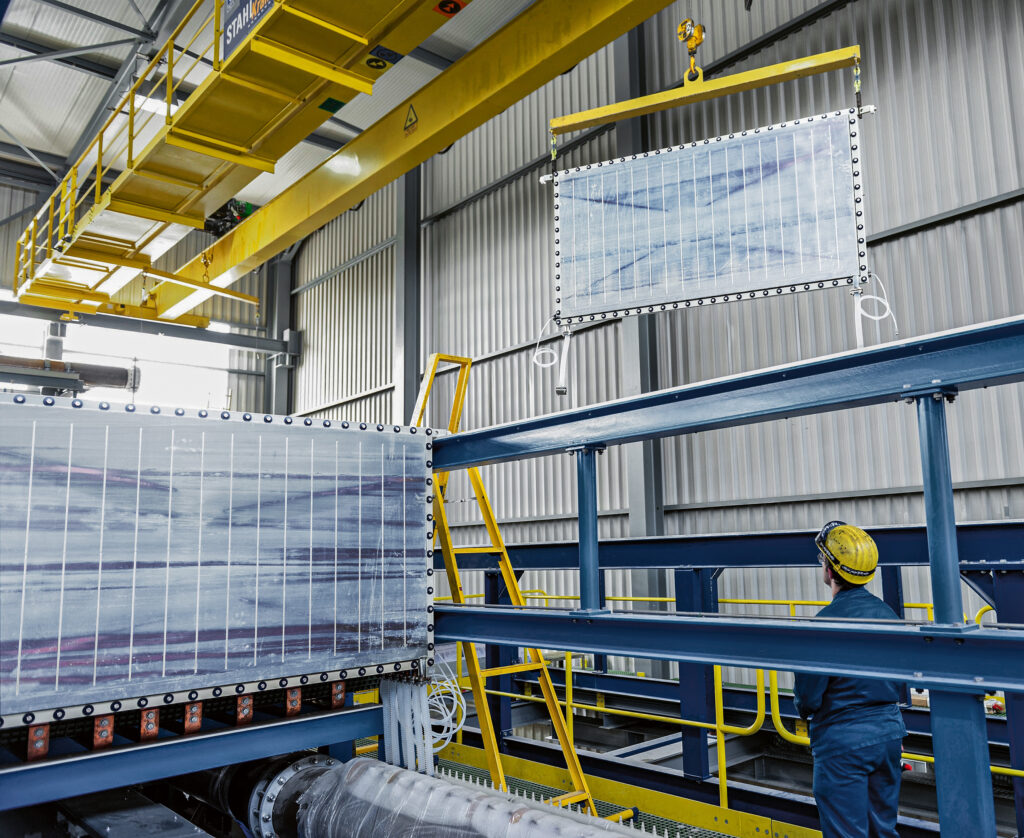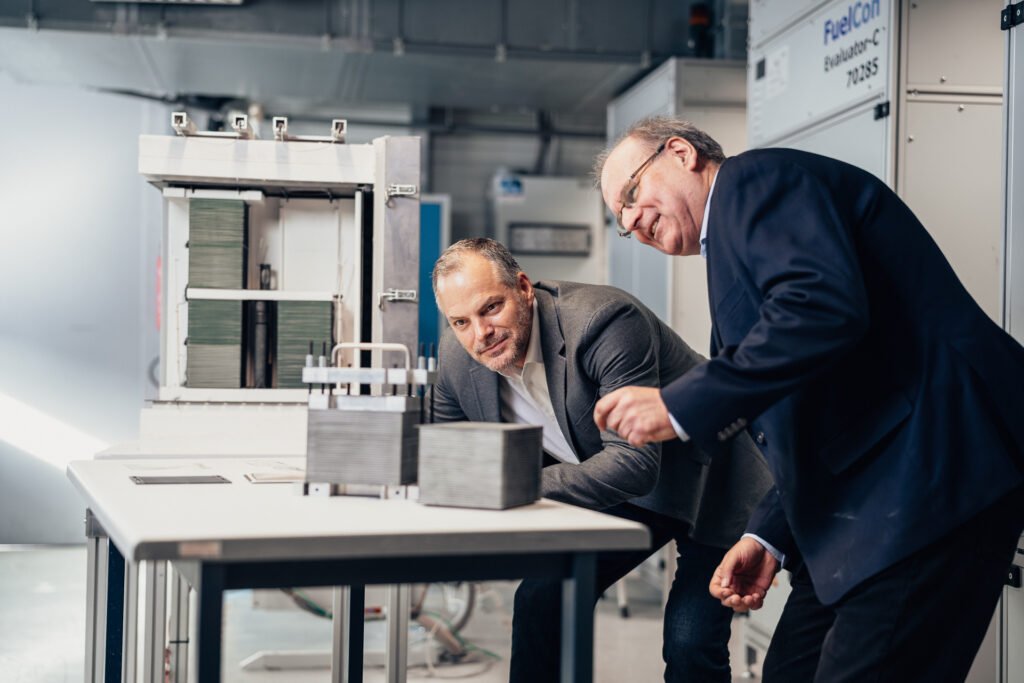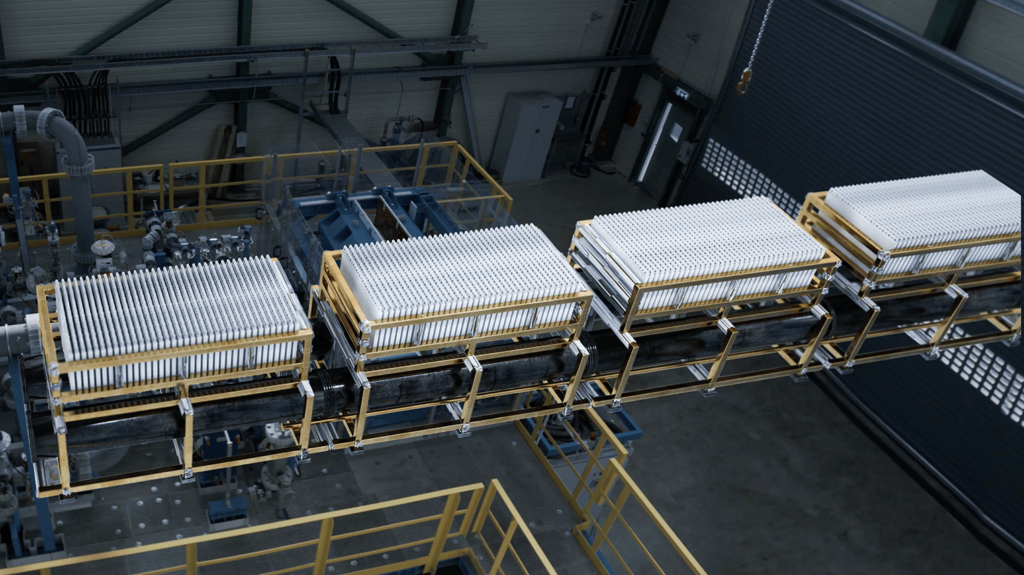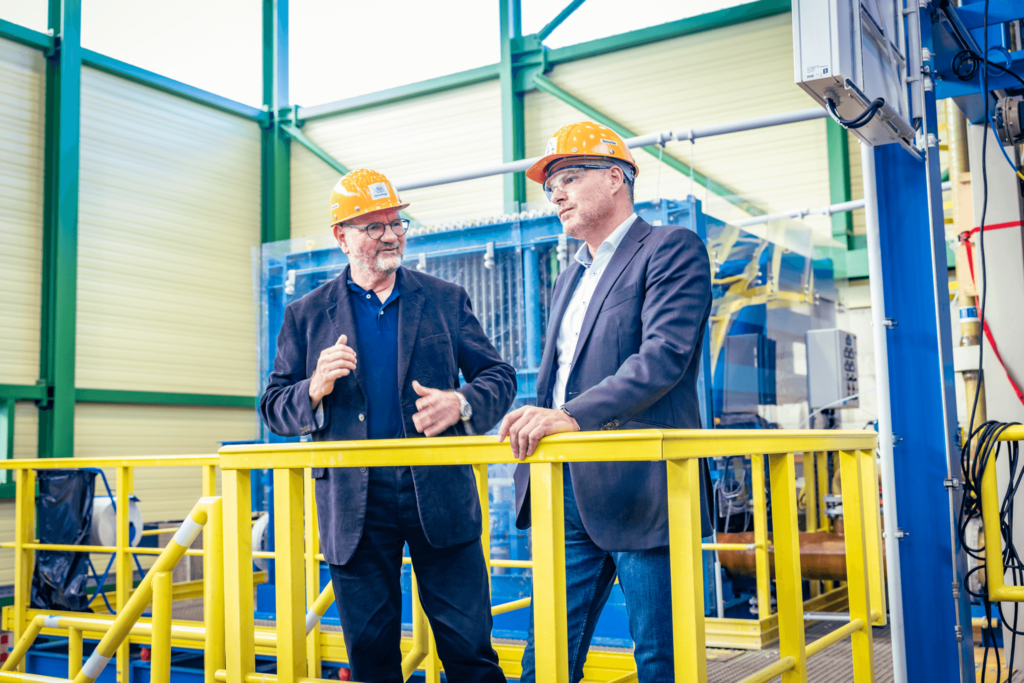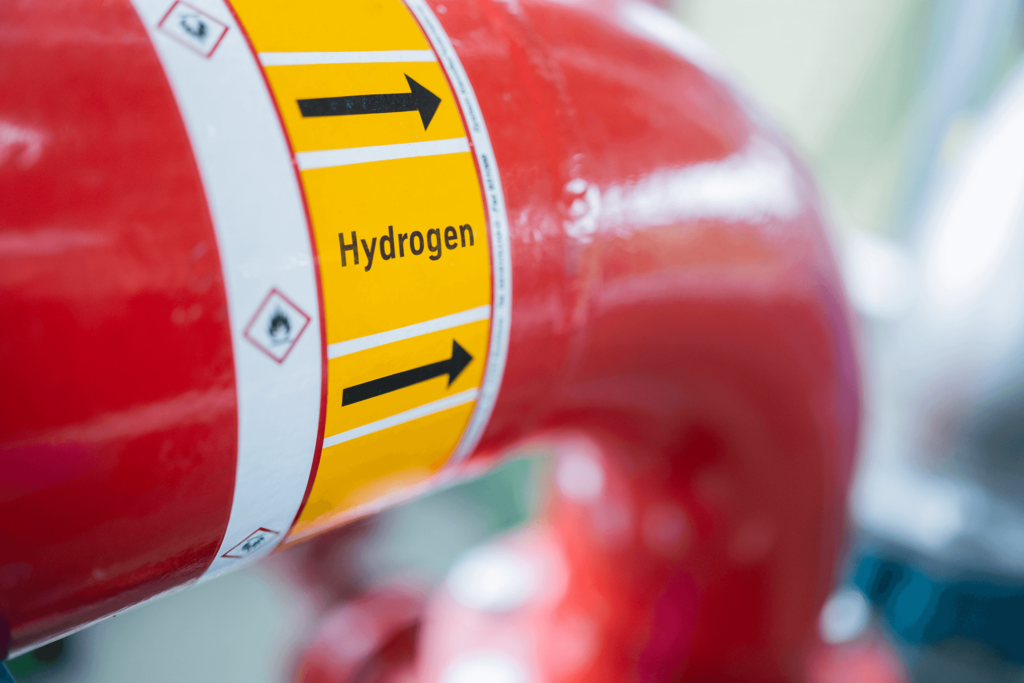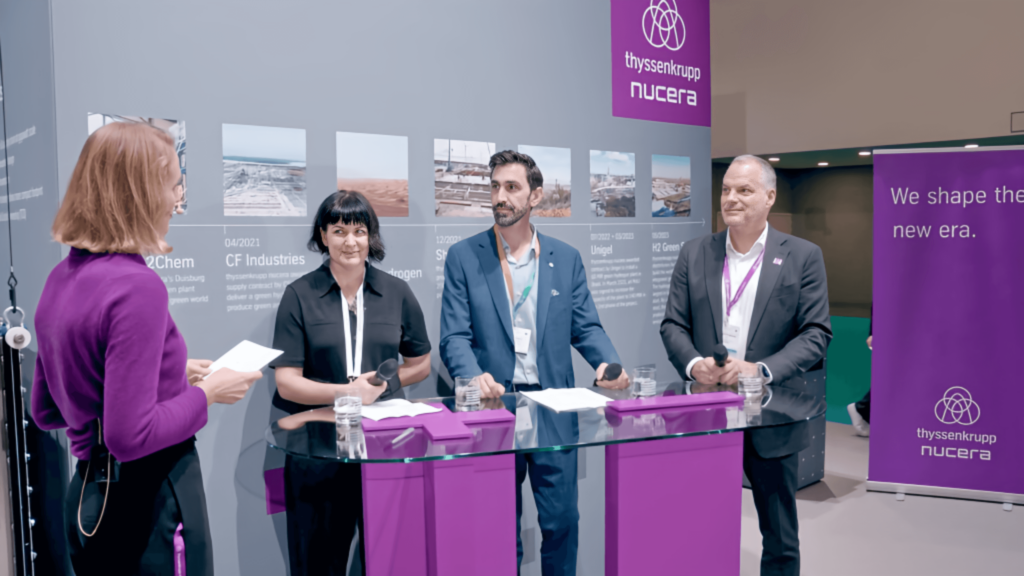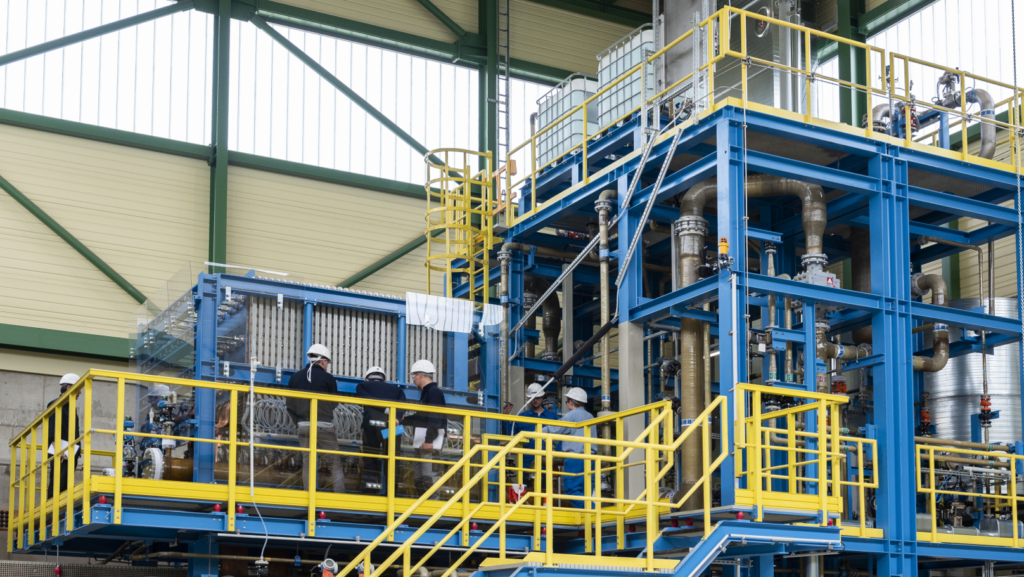The US chlor-alkali industry is facing a significant shift. Historically, the sector has produced chlorine primarily through diaphragm technology. However, a recent EPA ban on asbestos imports for chlor-alkali production necessitates a transition for many plants in the United States. This move towards asbestos-free production methods has led to the increased implementation of membrane technology in the chlor-alkali industry. In addition to being more environmentally friendly, membrane technology also produces higher-quality chlorine products.
This article delves into the reasons behind this conversion, the process involved, and why thyssenkrupp nucera is the ideal partner for such a critical upgrade.
The Need for Change in US Chlor-Alkali Plants
For years, U.S. chlor-alkali producers have been permitted to use asbestos-based diaphragms. With the EPA’s ban now active, these plants must either adopt non-asbestos diaphragms or transition to membrane technology. Depending on individual circumstances, this conversion must be completed within the next five to twelve years to fully phase out asbestos usage.
One significant advantage of transitioning to membrane technology is the superior quality of caustic soda produced. Unlike the older diaphragm technology, membrane-produced caustic soda is usually clearer and contains fewer impurities.
Main Drivers for Conversion from Diaphragm to Membrane Technology
Three primary factors drive the chlor-alkali plant shift from diaphragm to membrane technology in the U.S. chlor-alkali sector:
- Electrical Power Consumption Savings: Membrane technology is vastly more energy-efficient compared to traditional diaphragm methods. This efficiency translates to considerable cost savings over time.
- Optimized Caustic Quality: The membrane process results in a higher purity of caustic soda, which is crucial for various industrial applications that demand stringent quality standards.
- Asbestos Ban: The EPA’s restriction on asbestos forces plants to seek alternative technologies. While non-asbestos diaphragms are an option, they do not offer the same benefits in terms of product quality and energy efficiency as membrane technology.
Redesigning the Process of Your Chlor-Alkali Plant
Converting an existing diaphragm plant to membrane technology involves substantial re-engineering of key process units: Chlorine and hydrogen systems must be adapted to operate under slight overpressure conditions. An extended brine purification process is required to ensure the brine meets the high standards necessary for membrane cells. Additionally, adjustments in the caustic concentration process are necessary to accommodate the differences between diaphragm and membrane technologies. Last but not least, process solutions need to be adjusted, such as combined caustic and brine evaporation need consideration based on the available salt slurry feedstock.
Why Choose thyssenkrupp nucera to Optimize Your Chlor-Alkali Plant?
When it comes to chlor-alkali plants, thyssenkrupp nucera stands out as a market leader.
Here’s why:
- Experience: With vast experience in chlor-alkali plant design, thyssenkrupp nucera has successfully led numerous diaphragm conversion projects globally. Our extensive portfolio includes projects of various scales, from small retrofits to large-scale overhauls, ensuring that we can meet the needs of diverse clients worldwide.
- State-of-the-Art Technology: Our advanced membrane cell technology guarantees high-value products while offering eco-friendly and energy-saving solutions that reduce both carbon footprints and power consumption. To find out more about our chlor alkali technologies, click here.
- Optimized Execution: We focus on minimizing production losses and maximizing the reuse of existing units. Our meticulous project planning ensures short shutdown times, facilitating a smooth and efficient switch-over. Additionally, our dedicated project management team works closely with clients to tailor solutions that fit their specific needs and timelines, ensuring minimal disruption to ongoing operations.
Reusing existing process units requires thorough evaluation. At thyssenkrupp nucera, we collaborate closely with our clients to assess the current status, explore various possibilities, and provide tailored recommendations. Our track record speaks for itself, having converted over 1.2 million metric tons per annum (mtpa) of NaOH from diaphragm to membrane technology across countries like Poland, Saudi Arabia, France, and South Africa.
While using non-asbestos diaphragms is a minimally invasive option, it does not offer the same benefits as membrane technology. Non-asbestos diaphragms simply avoid the asbestos issue without improving lye quality or achieving energy savings—making membrane technology the optimal choice for a comprehensive upgrade.
Start Your Chlor-Alkali Plant Conversion from Diaphragm to Membrane Today!
Transitioning from asbestos-based diaphragms to membrane technology is not just about compliance with regulatory standards; it’s about embracing a future-proof, efficient, and high-quality method of chlor-alkali production that can significantly improve your operations.
If you’re considering this critical upgrade, contact us at thyssenkrupp nucera to explore how our expert team can help you achieve a seamless and successful conversion, ensuring your plant operates at its highest potential: houston@thyssenkrupp-nucera.com
